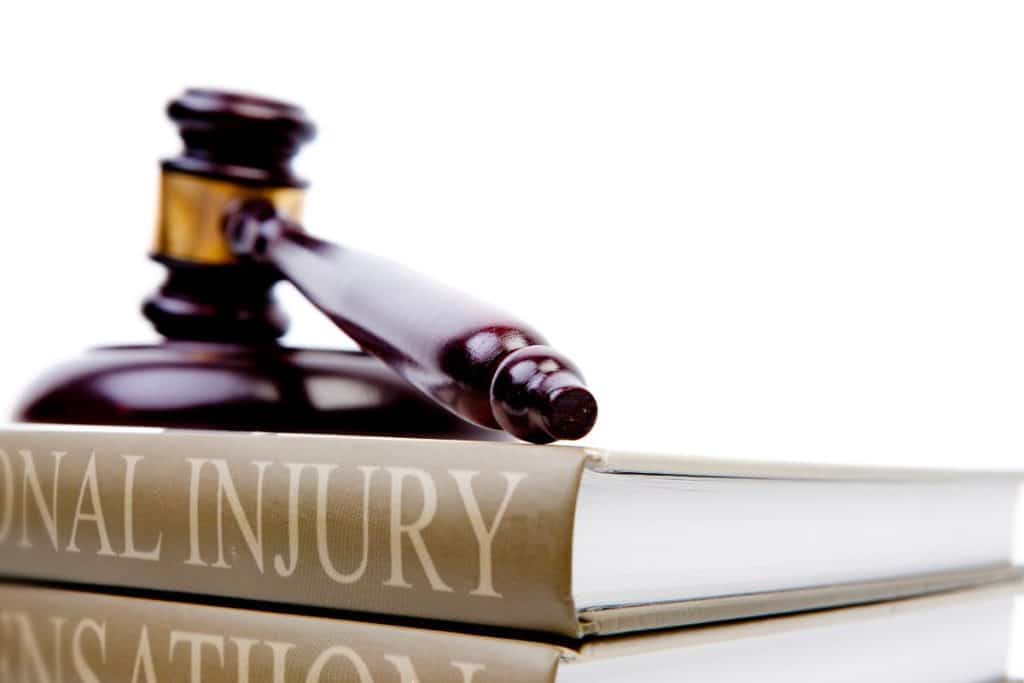Your personal injury case could arise from a car accident, physical assault, defamation, or medical errors. Any time another person or entity harmed you, there’s the possibility you could receive compensation through negotiations or by filing a lawsuit. But how do you prove your personal injury case? That’s something you and your attorney will discuss, but the following basic elements are critical to the success of your case.
Finding the Duty of Care
Your personal injury care came about because someone did not act responsibly toward you. What this means is that they had a responsibility to act in certain ways toward you.
The following scenarios are just a few examples of duty of care:
- Medical professionals are expected to follow standards of care when treating you.
- Vehicle drivers must follow the law to avoid endangering other drivers.
- Store owners are expected to maintain safe premises for their customers.
- Animal owners should protect the public from dangerous animals.
You will have to prove that the person or entity that hurt you owed you a duty of care. This proof could be based on specific laws, case law, or expert testimony.
Breaching the Duty of Care in Your Personal Injury Case
Failing to act responsibly in certain situations is considered a breach of the duty of care. Some examples of breaches include:
- Medical errors
- Reckless or impaired driving
- Allowing unsafe conditions in an environment
- Failing to secure an animal
- Inappropriate or untruthful speech
In your personal injury case, you must prove that someone owed a duty of care and breached it. Evidence like medical reports, police reports, witness testimony, documentation, photos, and physical evidence can prove your case.
Linking Causation to Your Injuries
However, you also have to prove that the other person’s breach caused your injuries. For example:
- A driver runs a red light and hits you as your car legally enters an intersection. The accident would not have occurred if the other driver had not breached their duty of care to drive safely.
- A store owner fails to fix the sidewalk in front of the store. You typically have no trouble walking but fall on the sidewalk and break your leg. The store owner’s failure could be considered to have caused your injury.
- Your doctor or nurse fails to follow hygiene protocols while treating you. A life-threatening infection develops, prolonging your hospital stay, and causing great pain. You very possibly would not have developed the infection if they had followed protocols.
To prove your personal injury case, you must prove that you were injured because of the other person’s action or inaction. This step also could require you to provide reports, test results, and witness testimony.
Proving Damages in Your Personal Injury Case
Finally, you have to prove the damages you sustained due to the other person or entity’s negligence. Generally, you will incur the following two types of damages:
- Economic – like medical bills and lost wages. You might provide copies of medical bills, or pay stubs, or other documentation of financial losses.
- Non-economic – like pain and suffering or mental anguish. These damages can be more difficult to prove, but not impossible.
For your case to be successful, you need to prove all four of the elements listed above.
Ask a Personal Injury Attorney to Handle Your Personal Injury Case
At the Dailey Law Firm, P.C., our team of skilled lawyers and professionals provide the high-quality legal services you need. Call us at 844-342-5353 to set up a free consultation or use the Contact Form on our website. There’s no fee for personal injury cases unless we win.
We represent clients throughout the entire United States. You can reach us online or visit one of our offices in Detroit, MI; Chicago, IL; or Valparaiso, IN.

